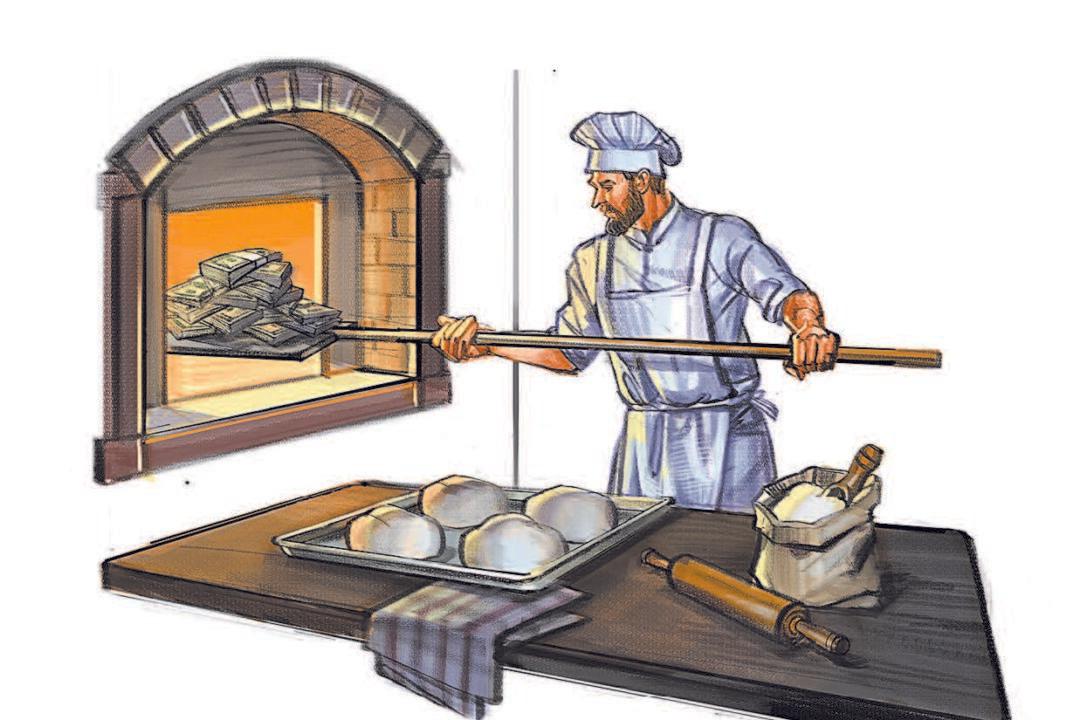Today, people think about capital in a one-dimensional way: Whether it’s the savings of private individuals, the capital reserves held by pension funds, the start-up capital of entrepreneurs, or the capital gains taxes on investments, all of these are thought of as money.
Yet capital is distinct from money. It is a definite structure, composed of different elements like physical goods, knowledge, and context, as well as peoples’ talents and experience. Money is only the simplifying accounting gimmick that helps us quantify the incredibly complex capital structure in a uniform manner. It serves as a basis for assessing the value of different forms of capital.

